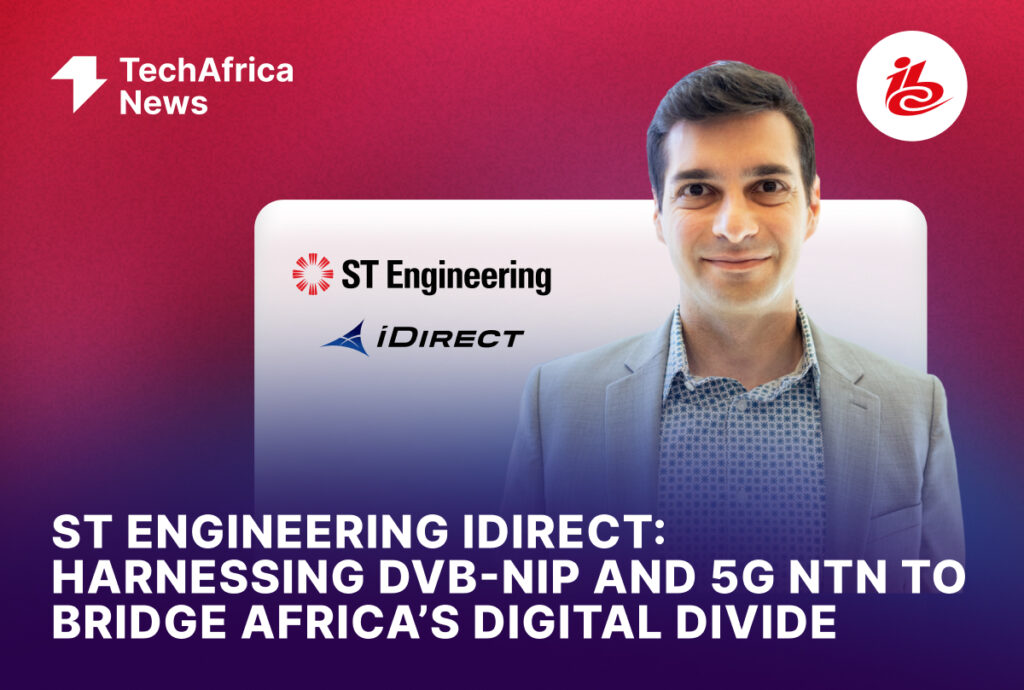Starlink Direct to Cell Becomes the World’s Largest 4G Coverage Provider
Designed to extend mobile service to regions unreachable by traditional cell towers, Starlink’s satellite-based system allows users to stay connected anywhere under the open sky—on land, at sea, or in remote areas far beyond terrestrial coverage.

SpaceX’s Starlink Direct to Cell has officially become the largest 4G coverage provider on Earth, delivering seamless connectivity to millions of LTE phone users across the globe. Designed to extend mobile service to regions unreachable by traditional cell towers, Starlink’s satellite-based system allows users to stay connected anywhere under the open sky—on land, at sea, or in remote areas far beyond terrestrial coverage. The service has transformed mobile communication by turning every Starlink satellite into a cell tower in space, creating an uninterrupted network that spans five continents.
Launched in 2024 with text messaging capabilities, the service expanded in 2025 to include data and Internet of Things (IoT) connectivity, with voice services soon to be available via mobile applications. Unlike other satellite networks, Direct to Cell does not require any additional hardware, firmware updates, or specialized applications. Any standard LTE phone can connect directly to Starlink’s satellites, giving users reliable mobile coverage wherever they can see the sky.
Starlink Direct to Cell has already proven its life-saving value. In New Zealand, a woman who encountered a car crash in a dead zone was able to text for help using a Starlink connection, allowing emergency responders to arrive within minutes. Similarly, following hurricanes, wildfires, and severe flooding in the United States, over 1.5 million people were able to send and receive millions of SMS messages and critical Wireless Emergency Alerts that terrestrial networks could not deliver. These examples underscore how Starlink’s space-based connectivity is closing communication gaps in times of crisis.
Each Direct to Cell satellite is equipped with an onboard eNodeB modem, effectively acting as a cell tower in orbit. These satellites are interconnected by laser links, creating a high-speed, low-latency global mesh network. With some of the most advanced phased array antennas ever built, the satellites communicate directly with mobile operators, allowing seamless roaming integration similar to conventional cellular networks. This innovation ensures uninterrupted coverage across multiple regions and enables network operators to extend their reach without massive infrastructure investments.
Despite major progress in global connectivity, more than 50% of the world’s landmass remains unserved by terrestrial mobile networks. Starlink aims to bridge this gap with its next-generation Direct to Cell constellation, partnering with mobile network operators worldwide to ensure that anyone, anywhere, can connect when it matters most. SpaceX is deploying these satellites using its Falcon 9 rockets, with future missions planned aboard Starship, its next-generation heavy-lift vehicle. Once in orbit, the satellites link instantly to the main Starlink network through laser backhaul, enabling near-real-time data transmission across the planet.
Beyond expanding traditional mobile service, Direct to Cell is also driving growth in the Internet of Things (IoT) ecosystem. The system enables global IoT connectivity for industries such as energy, logistics, agriculture, and maritime transport—connecting millions of devices in remote areas. It supports standard CAT-1, CAT-1 Bis, and CAT-4 modems without the need for specialized equipment, ensuring universal compatibility. Service plans will become available through global partners beginning in 2025, allowing businesses and governments to integrate Starlink’s connectivity into their operations seamlessly.
Starlink Direct to Cell has already formed partnerships with major mobile carriers across five continents, including T-Mobile (USA), Optus and Telstra (Australia), Rogers (Canada), One NZ (New Zealand), KDDI (Japan), Salt (Switzerland), Entel (Chile and Peru), and Kyivstar (Ukraine). These collaborations offer reciprocal global access, allowing customers to enjoy connectivity across partner networks without interruption. More agreements with additional carriers are expected to follow as the service scales globally.
With its Direct to Cell initiative, SpaceX is redefining the boundaries of mobile connectivity. By merging space technology with terrestrial telecommunications, the company is ensuring that people stay connected wherever they are—whether it’s for daily communication, emergency response, or industrial operations. As more satellites launch and capabilities expand to include full data, IoT, and voice services, Starlink Direct to Cell is poised to usher in a new era of global communication, making reliable, universal connectivity a reality for everyone on Earth.






